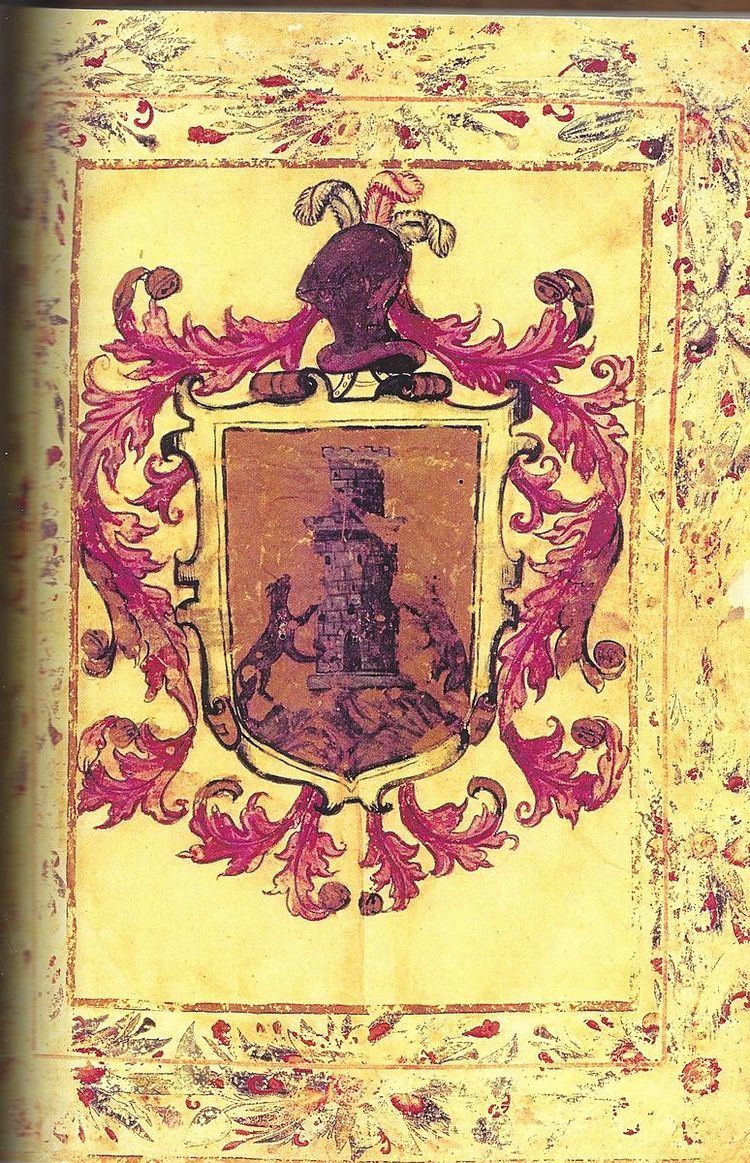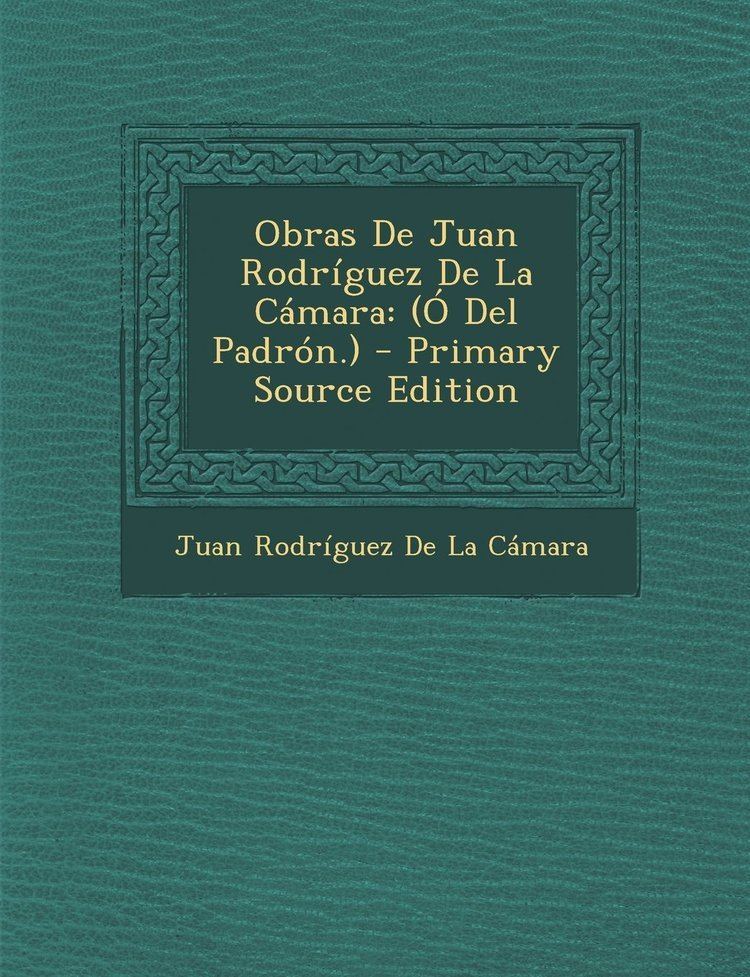Name Juan de Role Writer | Died 1450 | |
 | ||
Juan Rodríguez de la Cámara (1390–1450), also known as Juan Rodríguez del Padrón, was a Galician writer and poet, considered the last poet of the Galician school.
Contents

Born in Padrón, he was born to a hidalgo family. He may have served as a page to Juan II of Castile, and may have attended the Council of Florence in 1434 as secretary to the cardinal Juan de Cervantes, a respected jurist and a friend of Pero Tafur.
He was exiled for reasons not completely known, but may have been connected with an illicit romance at court; Rodríguez's indiscreet revelations to a talkative friend apparently led to a romantic breach of some kind with a noble lady. James Fitzmaurice-Kelly writes that "the conjectures that make Rodríguez the lover of Juan II's wife, Isabel, or of Enrique IV's wife, Juana, are destroyed by chronology. None the less it is certain that the writer was concerned in some mysterious, dangerous love-affair which led to his exile, and some believe, to his profession as a Franciscan monk.” He became a Franciscan at Jerusalem in 1441 and gave up many of his profitable and numerous benefices. He returned to Spain and entered into the Franciscan monastery of San Antonio de Herbón, situated in a village near Padrón. He died at San Antonio de Herbón. A probably apocryphal tale of Rodríguez's life, by an anonymous writer of the 16th century, states that the poet went to France, became the lover of the French queen, and was killed near Calais after trying to escape to England.
Works
His works include a sentimental, semi-chivalresque romance called Siervo libre de amor (1439), the moralistic treatise Cadira de Honor (1440), and another sentimental romance called Triunfo de las donas (1445), the latter of which includes 40 feminist arguments meant to counter the misogyny of the work known as the Corbacho, by Alfonso Martinez de Toledo. Rodríguez's work presents arguments for the superiority of women to men.
Some additional romances are attributed to him; these include Conde Arnaldos and Rosa florida. Also attributed to him is the Bursario, a partial translation of Ovid's Heroides.
Rodríguez is best known, however, for his poems. He is represented in the Cancionero de Baena by a single cántica. Of the seventeen of his surviving songs, sixteen are erotically-themed, like those written by his countryman Macías. One, however, the "Flama del divino Rayo", concerns his spiritual conversion.
